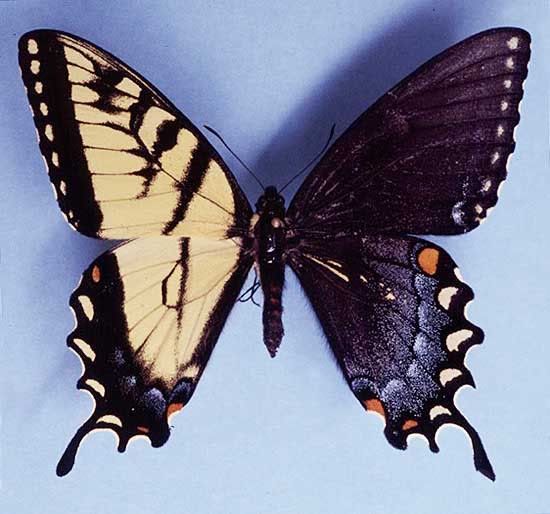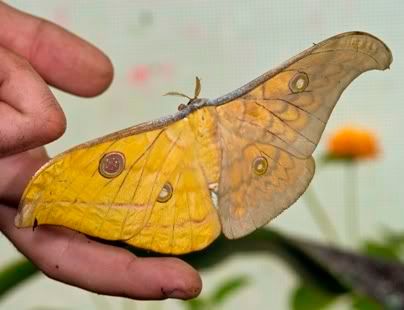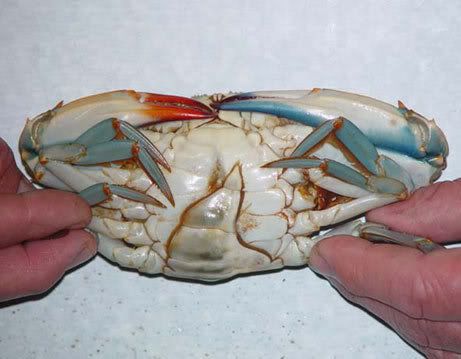Anyway! There's more beautiful examples found in nature of how unspecific gender determination could be. One goes under the term "gynandromorphism". It basically means that in a specimen you can find both male and female characteristics. This has been found in moths as well as in some lobsters. Take a look at the claws of the crab in the upper picture and you can see that one side shows female features whereas the other show male features.
There are two possibilities in this "condition": the sex differences can either be separated in two sides of the individual (called "bilateral gynandromorphism") or be mosaic.


Images revised from: http://www.daltonstate.edu/galeps/images/jpegs/Papilionidae/Pa%20glaucus%20gynandromorph2.jpg http://blogs.nature.com/news/thegreatbeyond/dual%20sex%20moth%20NHM.JPG
Even if they have male and female characteristics, they are unable to use them for reproductive purposes. This, I suppose, is a way of preventing the possibility for the ultimate incestous mating to happen (self-fertilization, that is) since this isn't really a good thing if you're not a flower.
I also found a site stating that they have a gynandromorphic finch! Read about it here.
Sources:
http://www.lobsters.org/ldoc/ldocpage.php?did=436 http://en.wikipedia.org/wiki/Gynandromorph



2 kommentarer:
I have a child with TS, and TS is not an intersex condition, although a very few girls with TS might be intersex. Check with your countries Turner Syndrome Society for more information.
Sincerely,
Sherry Young
Pauzhaan: Yes, I know that. That's why I wrote "in cell way" (since the karyotype isn't what we normally define as "female") and not "body way".
Sorry if I wrote it clumsily :)
Skicka en kommentar